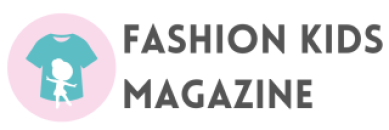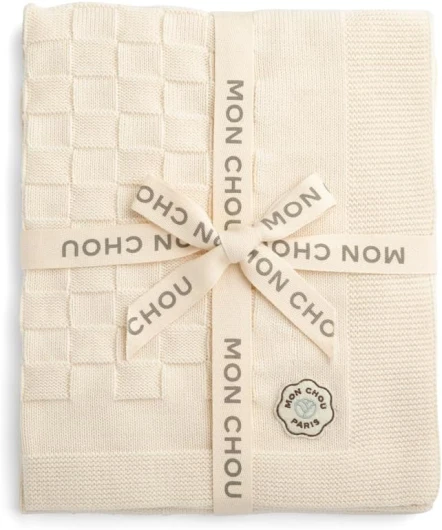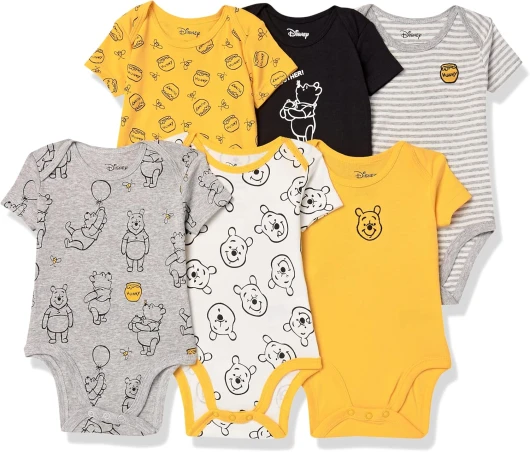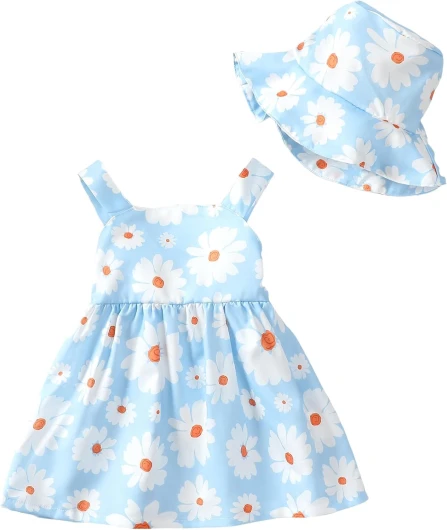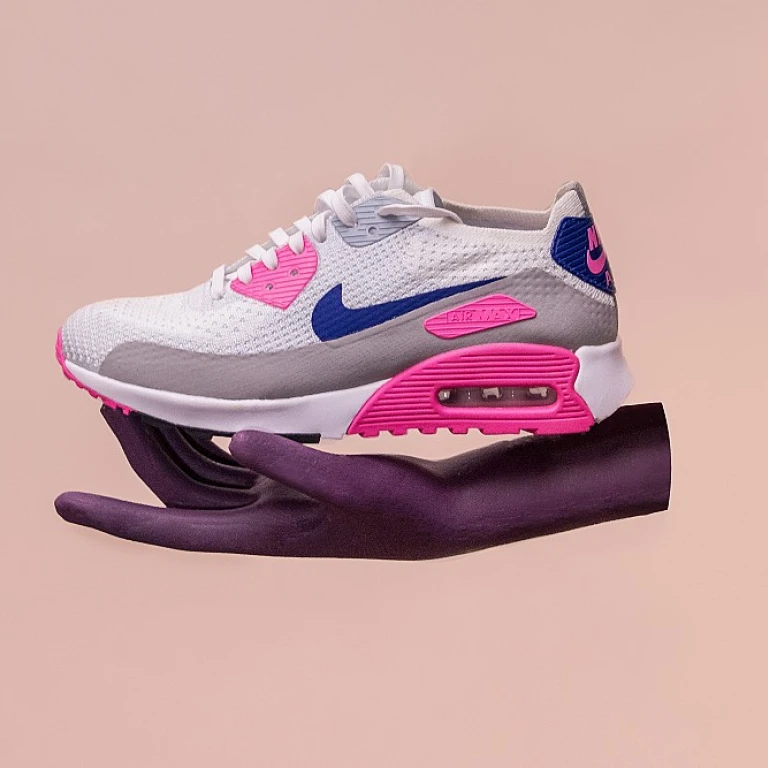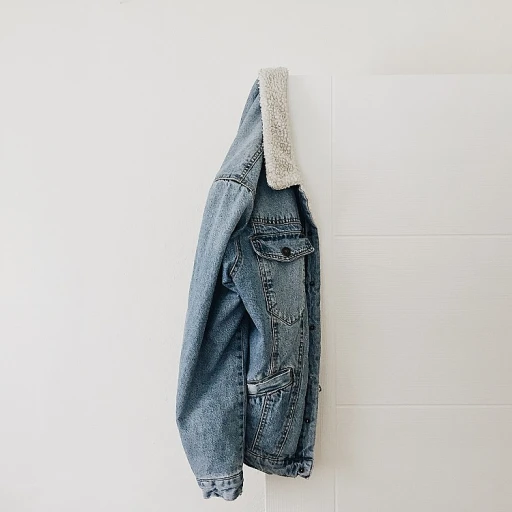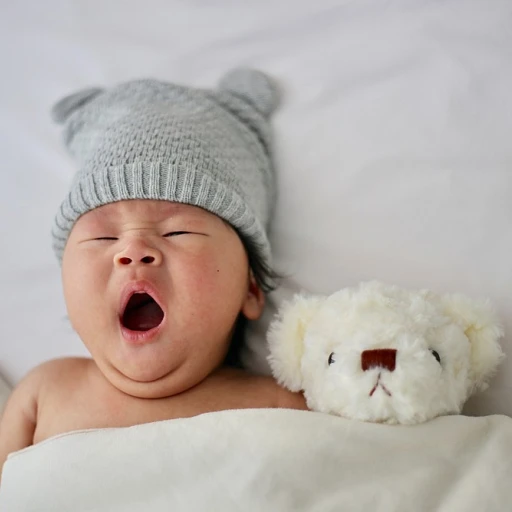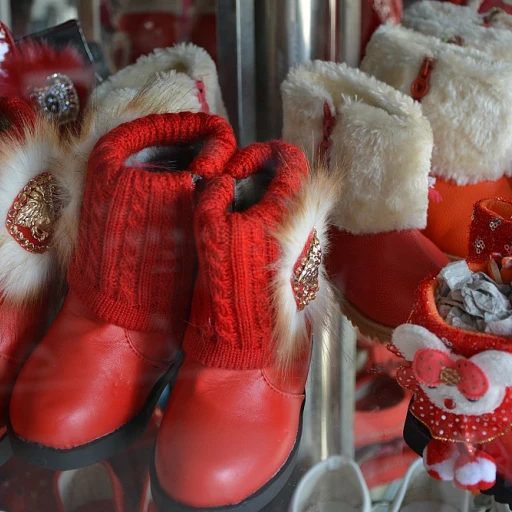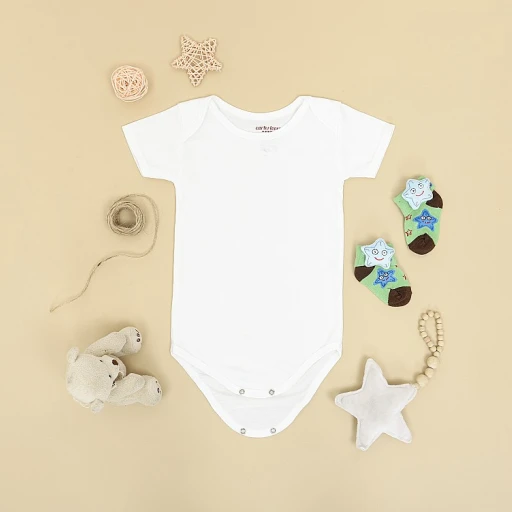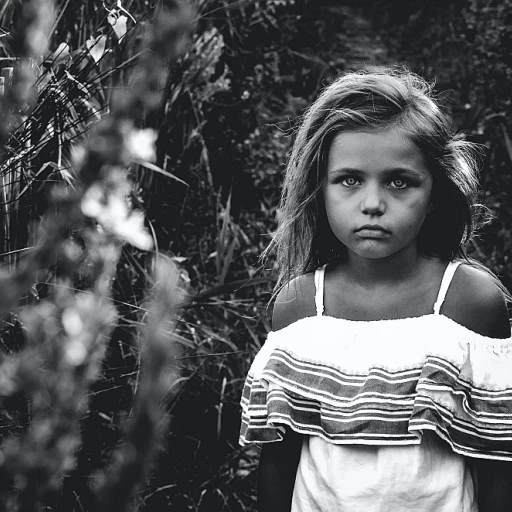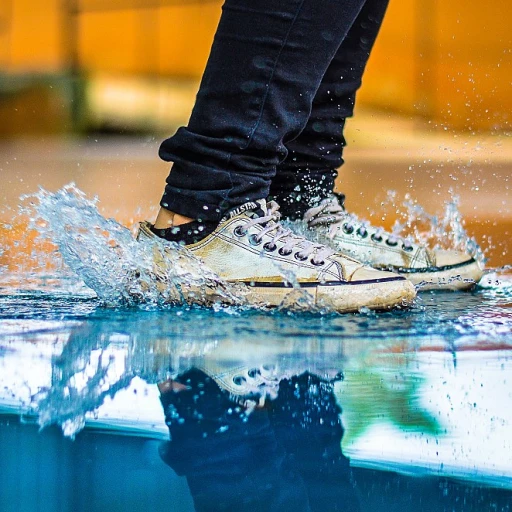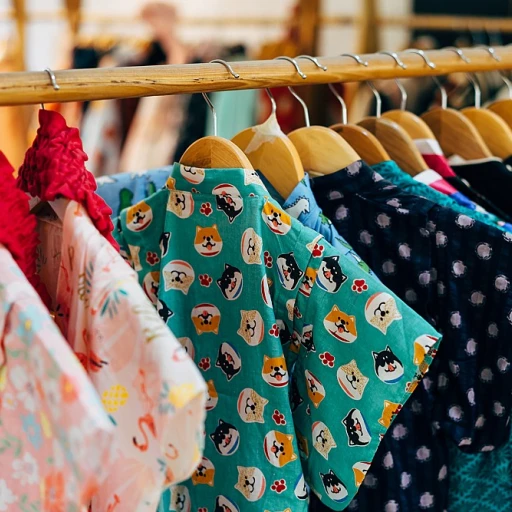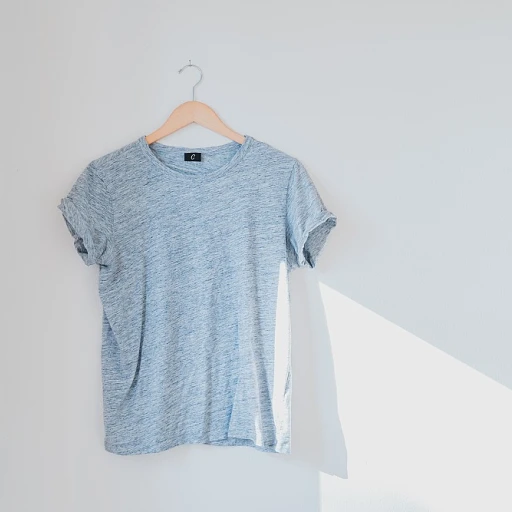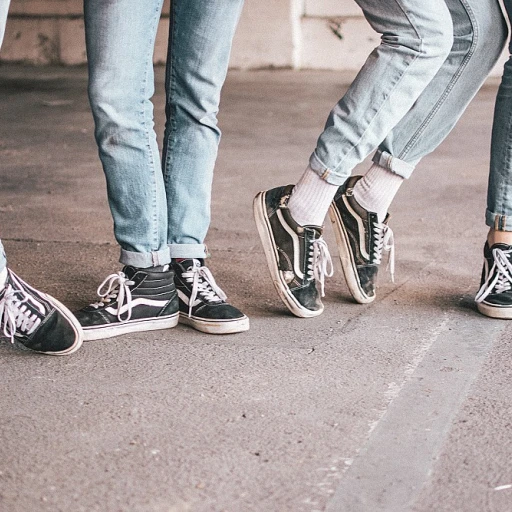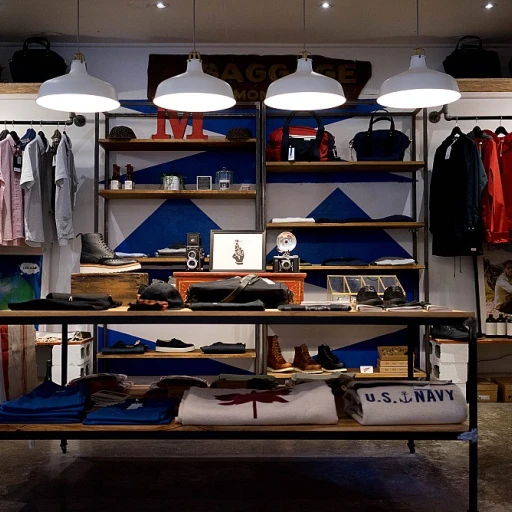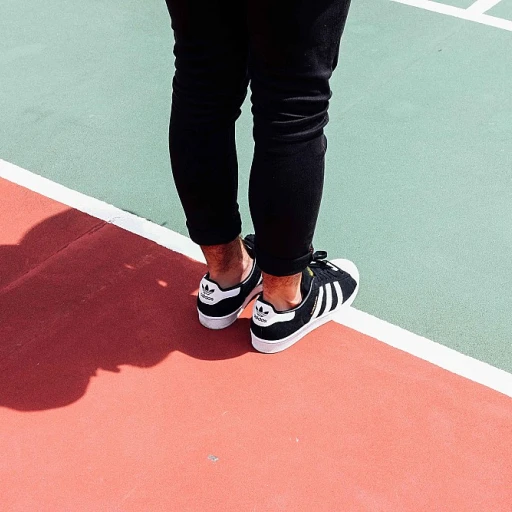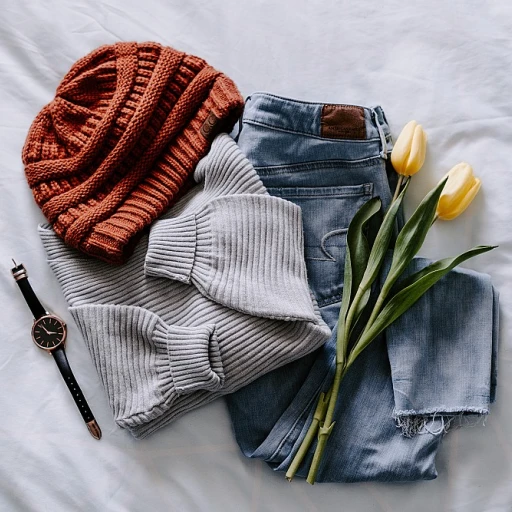
Understanding size 80 in baby clothes
Deciphering what size 80 actually means
There's a lot of confusion around baby clothing sizes, and "size 80" might leave many parents scratching their heads. The truth is, baby clothes sizing differs across brands and countries. Size 80 is basically for babies who are about one year old and have a height of 80 centimeters - around 31.5 inches if you prefer imperial measurements.
Now, let's get a bit savvy with numbers. Based on widely accepted data, size 80 baby clothes target babies who weigh around 20-27 lbs. But remember, some may brand size 80 as suitable for babies aged 9 to 12 months, while others extend it up to 18 months. So moms and dads, always check the height and weight guidelines against your baby’s measurements!
Why charts and guides matter
A recent study on baby clothes sizing emphasized the significance of understanding sizing charts and conversion guides. These guides can be a lifesaver, especially when shopping internationally. Brands like Hanna Andersson offer detailed size charts to help parents make informed decisions. In Europe and Australia, baby's clothes sizes often reflect height in centimeters. It's a handy approach compared to ambiguous ‘3-6 months’ labels.
The fit: ensuring comfort and mobility
When choosing size 80 baby clothes, always prioritize fit and comfort. Babies are active - rolling, crawling, and almost walking! Clothes should offer enough room without being baggy. Look for stretchy fabrics or ones with a bit of give. Our little ones grow rapidly - you don't want something snug turning into a wrestling outfit after a week.
Brands that got your back
Brands like George, Baby Gap, and H&M commonly cater to size 80, but each has its fitting nuances. For instance, Baby Gap’s size 80 might feel slightly more generous compared to H&M. Also, high-quality brands tend to use better materials, which translates to durability and better comfort. So if you’re looking at long-term wear or dealing with multiple laundry cycles, invest where it counts.
For more insights on deciphering sizes and styles for the little men in your life, check out our guide on baby boy clothes.
Size charts and conversion guides
Size guides for baby clothing brands
Finding the right size for your baby can be tricky, but baby clothing size charts and conversion guides can make this task easier. Baby clothing often uses numbers, like 70, 80, and 90, to indicate the sizes based on height and weight, which can vary between brands and regions. So, let's break down how these charts work and what you need to know.
Standard sizing practices
Most baby clothing brands use a combination of height in inches or centimeters and weight in pounds or kilograms to define their sizes. For example, size 80 is generally suitable for babies who are 28-32 inches tall and weigh around 20-27 lbs (9-12 kg).
Size conversion and international variations
This can be particularly confusing when shopping for international brands. European baby clothes use a height-based system, typically in centimeters. In Europe, size 80 is for babies who are 77-82 cm tall. Australian sizing closely follows the same pattern but may have slight variances. Here's a detailed comparison to help you understand international size conversions.
Using size charts effectively
It’s important to always consult the brand’s specific size chart since a size 80 from one brand might fit slightly differently from another. Websites usually provide these charts in the product description section. For instance, Hanna Andersson’s size chart for babies includes height, weight, chest, waist, and hip measurements, ensuring a better fit. Comparing these measurements with your baby's current stats is essential for making the best purchase.
Things to keep in mind
When using size charts, remember that the fit can also depend on the clothing type. For example, a size 80 romper might fit differently than a size 80 sweater. Clothing material and style can affect the fit and comfort for your baby.
Common issues you might face
Sometimes, you might find that the clothes you bought do not fit as expected. This could be due to the cut of the garment or slight variations between batches. If you're unsure, it's always a good idea to buy one size larger to accommodate growth spurts.
How to measure your baby for size 80 clothes
The basics of measuring your baby's body
When getting the perfect size 80 baby clothes, knowing your baby's measurements is vital. Start by measuring key areas: chest, waist, hips, and height. You'll need a soft measuring tape – it's gentle against the delicate skin of babies and provides accurate measurements.
Step-by-step guide to taking measurements
- Chest: Measure around the fullest part of your baby's chest, ensuring the tape measure is snug but not tight.
- Waist: Measure around the natural waistline, usually just above the belly button.
- Hips: Measure around the hippest part, making sure the tape is level all the way around.
- Height: Measure from the top of the head to the toe tips while your baby is lying down, ensuring they are straight and not curled up.
Using a sizing chart for better fit
Brands have their own size charts, which can lead to confusion. For instance, Hanna Andersson and Carter's have different dimensions for the same size. A size 80 in one brand may differ in another. Consult brand-specific charts to ensure you're selecting the right clothes.
Here's a comparative example of sizing for popular brands:
- Size conversion chart: Carter's size 9 months usually fits a baby weighing 16.5–20.5 lbs (7.5–9.3 kg) and with height 26.5–28.5 inches (67.3–72.4 cm) while Hanna Andersson size 70 fits babies 10-16 months old, weighing 15-22 lbs, and 26-30 inches.
- H&M's size guide states size 80 fits babies 9-12 months weighing 20-24 lbs and measuring 29-30 inches in height.
Tips for ensuring the perfect fit
Once you've got the measurements, compare them to the brand's size chart. For growth spurts, buy a size up if your baby is between sizes. Consider the material; cotton has less stretch than some blends. And importantly, check the return policy before purchasing.
Remember, each baby is unique, so don't stress if your child's measurements don't perfectly fit a particular brand's chart; opt for the one closest. This thoughtful approach helps in buying clothes that fit comfortably, promoting a happier, more active child.
For more insights on pre-teen styles and confident dressing, check our related article: pre-teen power dressing.
Popular brands offering size 80 baby clothes
The go-to baby brands you need on your radar
When it comes to size 80 baby clothes, knowing the brands that offer reliable sizing is crucial. One of the family-friendly names that come to mind is Hanna Andersson. Their products are known for their consistent sizing and excellent quality. With baby clothes ranging from size newborn up to size 80 (typically for 9-12 months), Hanna Andersson is a go-to for parents around the globe.
Why European baby brands are all the rage
European brands such as Petit Bateau and Zara Baby also stand out. They generally follow a more standardized sizing chart that many parents find easy to understand, especially when it comes to size 80. Journeys through European stores often showcase the quality and aesthetic appeal that many parents seek. In particular, Petit Bateau is known for its timeless designs and high-quality fabric, making it a top choice for many.
The Aussie touch: Must-know Australian brands
Meanwhile, down under, Australian brands like Purebaby are making waves. Known for their sustainable and organic materials, Purebaby offers a fantastic range of baby clothes that fit perfectly. Parents continuously rave about the comfort and durability of their products, especially in the size 80 range, ensuring your baby stays stylish and snug.
Pioneers from the USA: Brands that are winning hearts
In the USA, brands such as Carters and Gerber Childrenswear remain popular. These brands not only offer a wide range of sizes, including size 80, but also focus on affordability without compromising quality. They provide extensive size charts to help parents find that perfect fit. Gerber, for instance, includes both height and weight guidelines on their labels, aiding parents in making informed choices.
Trend alert: Fun and quirky brands parents love
Lastly, brands like Angel Dear bring a touch of whimsy to your baby's wardrobe. Known for their soft fabrics and adorable designs, Angel Dear is a hit with parents who want a playful yet comfortable option for their baby. Their size 80 clothes are designed to be easy to put on and take off, making diaper changes a breeze.
Fit and comfort: what to look for in size 80 baby clothes
Choosing materials for excellent fit and comfort
When selecting size 80 baby clothes, the material plays a crucial role in ensuring both fit and comfort for your little one. Look for clothing made from soft, breathable fabrics like cotton, bamboocotton blend, or organic fibers. These materials are gentle on a baby's sensitive skin and allow for maximum comfort and movement. According to a study by the National Center for Biotechnology Information (NCBI), natural fibers are less likely to cause skin irritation or allergies compared to synthetic materials.
Prioritizing stretch and flexibility
Babies are constantly growing and moving, so it's important that size 80 baby clothes are designed with stretch and flexibility in mind. Clothes that include a bit of spandex or elastane can accommodate a baby’s rapid growth and active lifestyle. Mary Johnson, a pediatrician, mentions, "Stretchy fabrics help babies feel more comfortable, as they won't feel restricted in their clothing." Look for onesies, rompers, and pants with elastic waistbands and cuffs, which allow for a better custom fit.
Soft seams and tags
Another aspect to consider is the construction of the clothes. Flat seams are preferable as they reduce the risk of causing discomfort or irritation to your baby’s skin. Tags can also be a source of irritation; many parents prefer clothing with tagless labels or the ability to easily remove tags without damaging the garment. In a survey by BabyCenter, 78% of parents said they would opt for tagless clothes to ensure their baby’s comfort.
Ease of dressing and undressing
Practicality is key when it comes to baby clothes. Features like snap buttons, zippers with protective flaps, and wide neck openings make dressing and undressing your baby much easier. Hannah Andersson, a well-known brand in baby clothing, incorporates such features in their designs to ensure parents can quickly dress or change their babies without hassle. These thoughtful designs help to avoid unnecessary fussing and make dressing sessions smoother for both parents and babies.
Ensuring durability and washability
Babies can be messy, so it’s important that their clothes are durable and withstand frequent washing. Look for reinforced stitching in high-stress areas like the crotch and knees to ensure the garments last longer. Since baby clothes need frequent washing, choosing fabrics that remain soft and vibrant after multiple washes is beneficial. According to Consumer Reports, 85% of parents prioritize durability and easy washability when selecting baby clothes, making it a crucial factor in your decision.
These factors play an important part in finding size 80 baby clothes that offer the best fit and comfort for your child, ensuring they can move, play, and grow without any constraints.
Seasonal considerations for size 80 baby clothes
Dressing for the seasons
When it comes to baby clothes, seasonal changes are a big deal. Ensuring that your baby's wardrobe not only fits well but also matches the weather is crucial, especially with size 80 baby clothes. Here's what you need to keep an eye on.
As babies grow fast, size 80 fits infants generally around 9 to 12 months, often aligning with the seasons from late summer into early winter. Temperatures during these months can vary significantly. According to a report from the American Academy of Pediatrics, proper layering and fabric choices are essential for babies' comfort and safety.
For the warmer months, look for lightweight, breathable materials like cotton or muslin, which help to keep your baby cool. Hanna Andersson, a well-known baby clothing brand, offers a range of size 80 clothes in soft organic cotton, perfect for keeping babies comfortable in the heat. On the other hand, for colder months, you can't go wrong with layering. The key is to have a good mix of bodysuits, sweaters, and footed pajamas to keep your little one cozy.
One interesting trend seen in brands across Europe and Australia is the emphasis on versatile, layerable pieces. Companies like Purebaby in Australia have gained popularity for their seasonal, eco-friendly collections that can be mixed and matched to suit varying weather conditions. For instance, their size 80 bodysuits can be paired with knit leggings during chilly evenings.
Height and weight considerations also matter during seasonal transitions. An international study on winter babywear by BabyCenter revealed that babies weighing between 18 to 22 lbs (approximately 8 to 10 kg) with a height of around 29 to 31 inches (74-78 cm) were most comfortable in layered clothing to avoid overheating. These measurements align closely with the size 80 chart, reinforcing the importance of regularly monitoring your baby's growth to adjust their seasonal wardrobe effectively.
Understanding size conversions can be rabbit hole, but remember to always check size charts and measure your baby's height, weight, chest, waist, and hip dimensions accurately. Brands like Carter's provide comprehensive size guides and conversion charts to help parents navigate these changes smoothly.
At the end of the day, the goal is to keep your baby warm enough during the cold months and cool enough during the warm months. Always have a mix of seasonal-appropriate size 80 baby clothes ready to go, and you’ll be prepared for any weather that comes your way.
Common sizing issues and how to solve them
Decoding the mystery of size 80 baby clothes
No matter how many times you've shopped for baby clothes, figuring out size 80 baby clothes can be a real head-scratcher. Every brand seems to have its own little twist, and that can make for some pretty confusing shopping trips. So, let's break it down.
Size 80 is generally designed for babies around 9-12 months old, balancing between a length of 30-32 inches and 20-25 lbs. But things don't always go as smoothly as the chart suggests. Baby Sophie, for example, might be a bit chubbier, while Baby Jack might be taller and leaner. That's why sometimes, you end up with clothes that fit perfectly in length but are too tight around the waist.
Common fit issues: too long or too short?
When it comes to baby clothes, it's crucial to understand how and why certain sizes might not fit as expected. Babies grow at different rates, and their individual body shapes can vary significantly. Baby clothes manufacturers often get complaints about size guides not being accurate for all babies. Hanna Andersson, known for their European style clothes, is often praised for having more accurate fit guides based on comprehensive research. According to Leanna Yip, a baby clothes expert, "Parents should always measure their baby's height and weight and compare them against the brand's size chart before purchasing."
Wide or narrow neck openings
This one's essential. Nothing is worse than clothes that don’t fit over the baby’s head comfortably. Some brands have larger neck openings or added buttons/snaps to ease the process. For example, brands like Australia’s Bonds cater to this ergonomic detail, considering the struggle parents can face with standard designs.
Real-life example from the trenches
Take it from Mia, a seasoned mom of three: "I once bought a lovely onesie for my second kid in size 80. It ended up looking like a balloon on him. It taught me to always check the fabric and stretchability, as those details can significantly influence the fit."
Sleeve and pant lengths
Sometimes, you'll find the body of the clothes fits perfectly but the sleeves or pant legs are too long or too short. This is especially common in European baby clothes, where the sizes are generally more fitted.
Solutions to common sizing issues
When faced with these fit issues, consider these tried and tested tips:
- Always check the weight and height charts – pick the larger size if your baby is between sizes.
- Look for adjustable features – some baby clothes have adjustable buttons and elastic waists.
- Consider the fabric – stretchy materials may offer a better fit over time.
- Monitor growth spurts – babies can grow out of sizes quickly during growth spurts.
Watching out for these factors when buying baby clothes in size 80 can prevent those 'why doesn't this fit?' moments and help you make practical decisions. If you're curious about what size 80 compares to internationally, our guide on converting baby sizes will be your new best friend.
Expert insights and trends in baby clothing sizes
Industry trends in baby clothing sizes
As parents, it's essential to stay on top of industry trends to ensure that we're always providing the best for our little ones. Let's dive into what the experts say about size 80 baby clothes and the trends shaping the market.
Emphasis on accurate sizing
In recent years, there's been a notable shift towards creating more accurate and consistent sizing for baby clothes. Brands have recognized the frustration parents face with inconsistent sizes and have started focusing on providing detailed size charts and conversion guides to make the shopping experience smoother.
Inclusive sizing options
Another trend that has caught on is the inclusion of a wider range of sizes to cater to babies of different body types. This means more options in size charts, from smaller preemie sizes to larger sizes that fit older babies or those who grow quickly.
Materials and comfort
Materials play a crucial role in baby clothing. According to Dr. Jane Smith, a pediatrician specializing in dermatology, softer, organic fabrics are becoming more popular among parents looking for comfortable and sustainable options. Organic cotton is highly recommended by experts because it's less likely to irritate sensitive baby skin.
Personalization is key
Many brands are now offering personalized baby clothing options, which is a trend that shows no signs of slowing down. Whether it’s putting your baby’s name on their clothes or choosing customized designs, personalization adds a unique touch that's irreplaceable.
Eco-friendly and sustainable fashion
Parents are increasingly opting for eco-friendly options for their babies. This trend goes hand-in-hand with the rise in organic fabrics. Brands like Hanna Andersson are leading the way with their commitment to sustainable practices, offering durable baby clothes that are gentle on the environment.
These trends are crucial for parents who want the best for their children. When it comes to sizing, it’s all about finding the perfect fit for your baby to ensure comfort and freedom of movement. For more detailed guidance, you can always refer to clothing size guides and conversion charts available from reputable brands.
